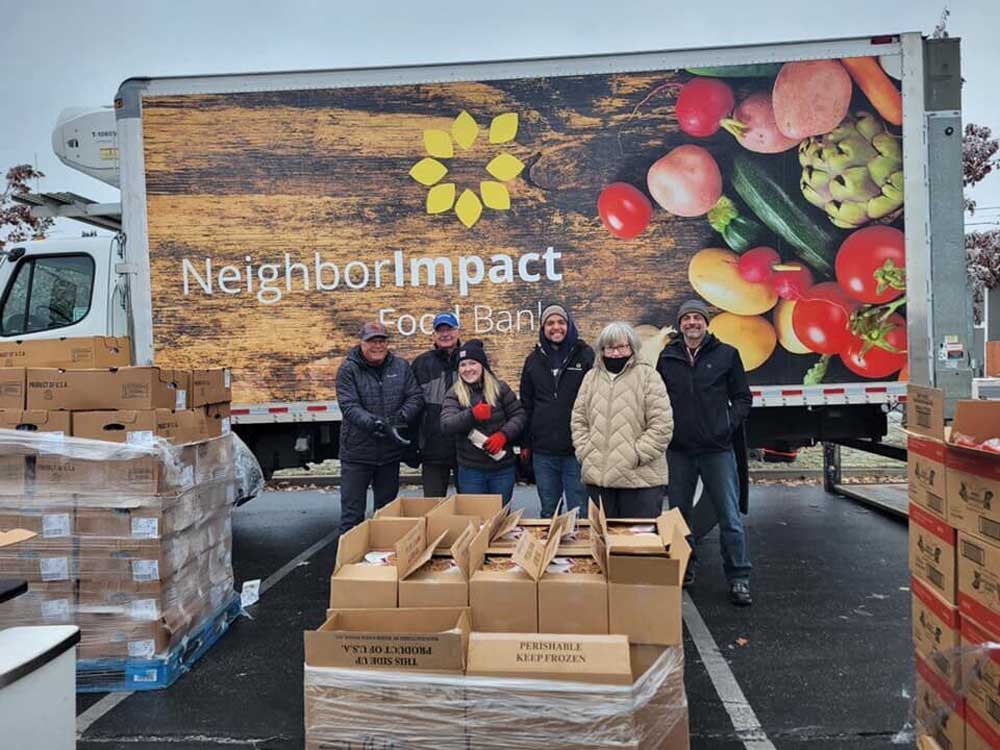Editorial: NeighborImpact’s regional food bank needs your help
Published 4:00 am Tuesday, December 6, 2022

- A small sample of NeighborImpact's food bank operation.
NeighborImpact’s food bank is in trouble. There’s an explanation. But for people’s access to food in Central Oregon to be in such uncertainty is not acceptable.
NeighborImpact’s food bank was delivering 14,000 to 16,000 meals a couple years ago.
It delivered 52,000 last month. That more than tripling in demand has meant NeighborImpact has run through 80% of its reserves in the last four years to keep up. It’s been costing it about $700,000 a year to run its food bank. It used to be half that.
NeighborImpact has had to start buying food. That didn’t used to be necessary. Gas prices are up making delivery more expensive. Its labor costs are up as it tries to hold on to employees.
Demand for meals is higher, driven by what we all know. Inflation. High housing costs. People will sacrifice food to ensure they can pay the rent. They turn to their local charities for help.
If those challenges were not enough, NeighborImpact’s food warehouse is too small. The nonprofit is now bringing in more than two semis full of food a week. It turns that around quickly. There is still a need for more space. The new warehouse, which is four times larger, costs $5 million. Fundraising for that is $500,000 short.
NeighborImpact is like the regional wholesaler, delivering food to the local organizations that actually pass on the food. Food banks don’t have full state or federal sponsorship. NeighborImpact’s food bank does get some help from the federal government’s emergency food assistance program. That only covers 10% of its budget. Another 20% of its budget comes from the Oregon Hunger Relief Fund.
That help is great. It does mean 70% of the food bank’s budget counts on charitable giving. For an essential that people need to live.
For food.
It’s up to people like us to donate to ensure that people can eat. We don’t want to see NeighborImpact have to make cuts in its food program. What is it supposed to do? Should it cut into its other programs – Head Start, utility and rent assistance? None of those are good options.
You could donate food. That’s not the best idea. Give money, if you can. With the discounts Neighborhood Impact gets on food, for one can of soup you might donate, it can buy five cans.
There is more information here about NeighborImpact, neighborimpact.org. If you want to donate go here, neighborimpact.org/donate-online/. And you can also find a partial list of the more than 50 organizations they work with here, neighborimpact.org/get-help/get-food/. Those organizations have had to ramp up to feed the demand. They could surely use your help, too.









